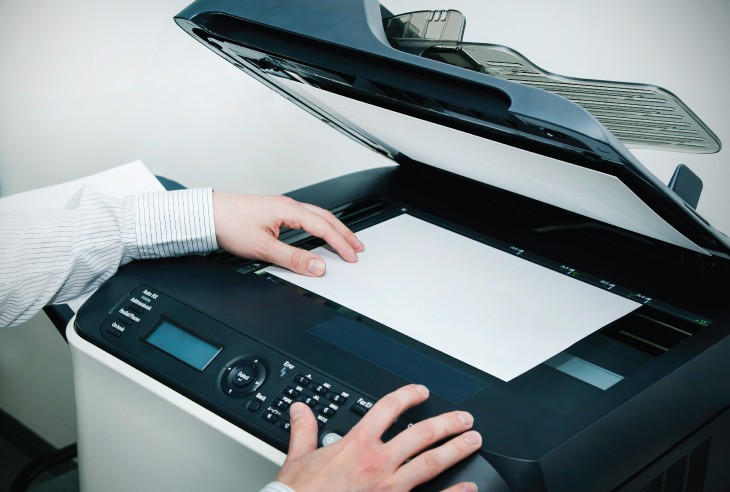Going from Paper to Paperless – Part 2: Scanning Solutions for Large Practices
Peter J Polack MD FACS
Ocala Eye, PA
Scanning options for larger practices. Consumer level scanners probably won’t have the speed or the durability to handle the daily grind necessary to scan the volume of paperwork in a larger busier practice – especially one converting all of its paper charts into digital ones and this is why large businesses often hire Document Scanning Services to do it for them. These can handle large stacks of papers, perform duplex scanning quickly, and can work all day. Expect to pay as much as ten times what a consumer level scanner costs. If you have an EMR system, the vendor will typically recommend a couple of different scanners that work well with the EMR software’s image management system, which can be launched from within the EMR program. Again, while temporary workers can be used to scan large volumes of paperwork, someone with clinical training will need to make sure that the correct images go into the appropriate patient record and location.
- Identify ONE person as the project leada. This person should have enough authority to make all necessary decisionsb. This person should be the one all other people come to with questionsc. This person needs to identify the process that the practice will used. Running this by committee causes unnecessary bottlenecks and incomplete solutions to be deployed
2. Identify how much space you want to consume on the server.
a. If space is no issue and bandwidth is no issue
i. scan everything in color
b. If space and bandwidth are issues
i. Put together a policy to determine what has to be scanned in color, grayscale, and black and white.
ii. The larger the image i.e. color the more space and longer it takes to send to the server
3. Identify what needs to be scanned with regard to older charts.
a. Paper space is usually cheaper than hard drive space,
4. DO NOT CHEAP OUT on the scanner.
a. Home scanners are not designed to scan large amounts of paper
b. Their resolution is poor and they wear out quickly which will cost more in the long run
c. It is critical to have a scanner that has a hopper when scanning multiple pages. It is very difficult to have to open that flat bed for every scan
5. Clearly define that categories and places you want to retrieve items
a. DO NOT over categorize
b. Spend more time planning this phase than any other. It gets convoluted if you change it part way through.
6. If the software you are using can use barcodes to assist with the filing and categorization of your documents use it
a. Plan how to achieve this integration
7. Do not underestimate the amount of time and man hours needed to scan the entire project
a. Manage expectations by clearly understanding that even the best scanners. (people and equipment) still take time to scan

